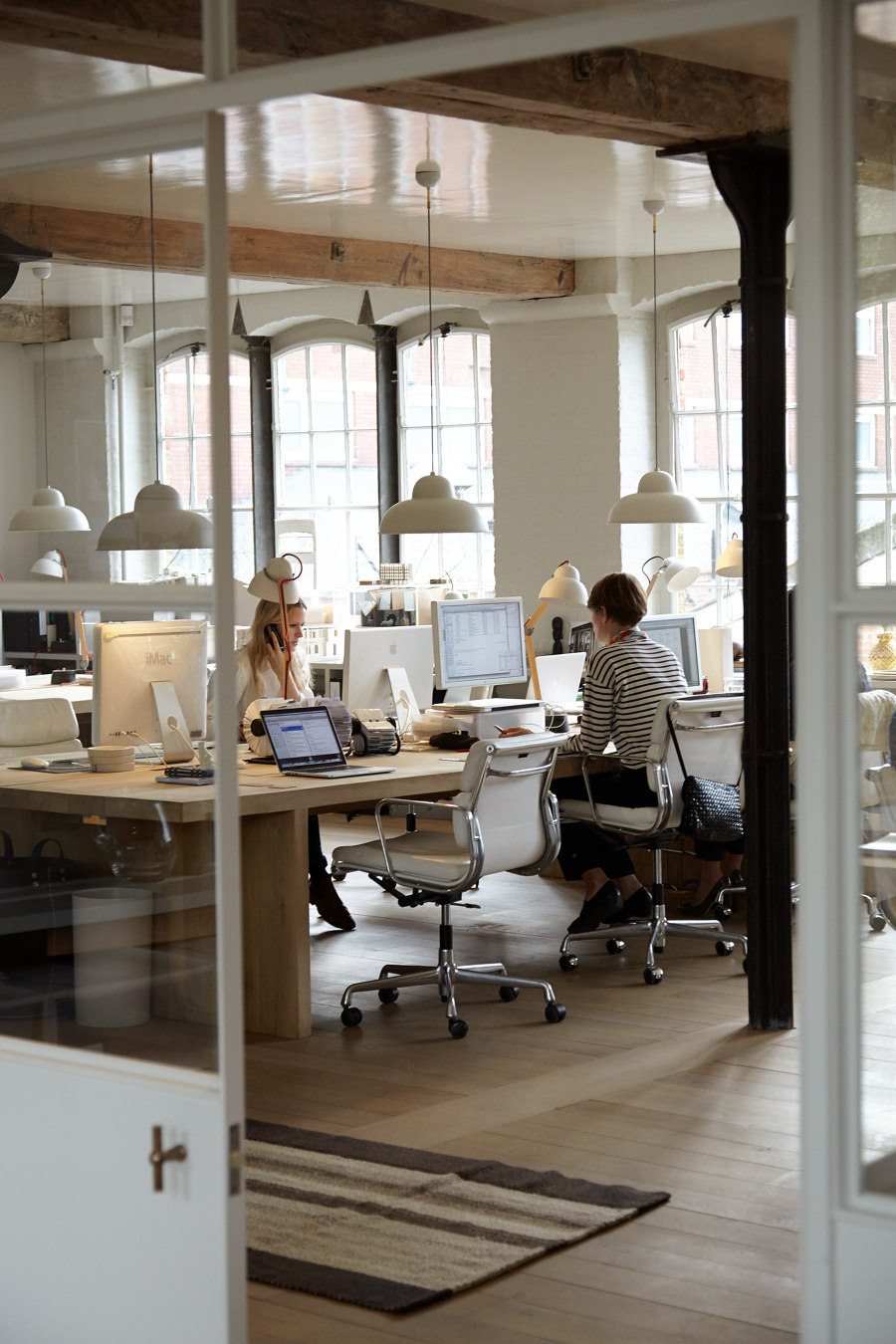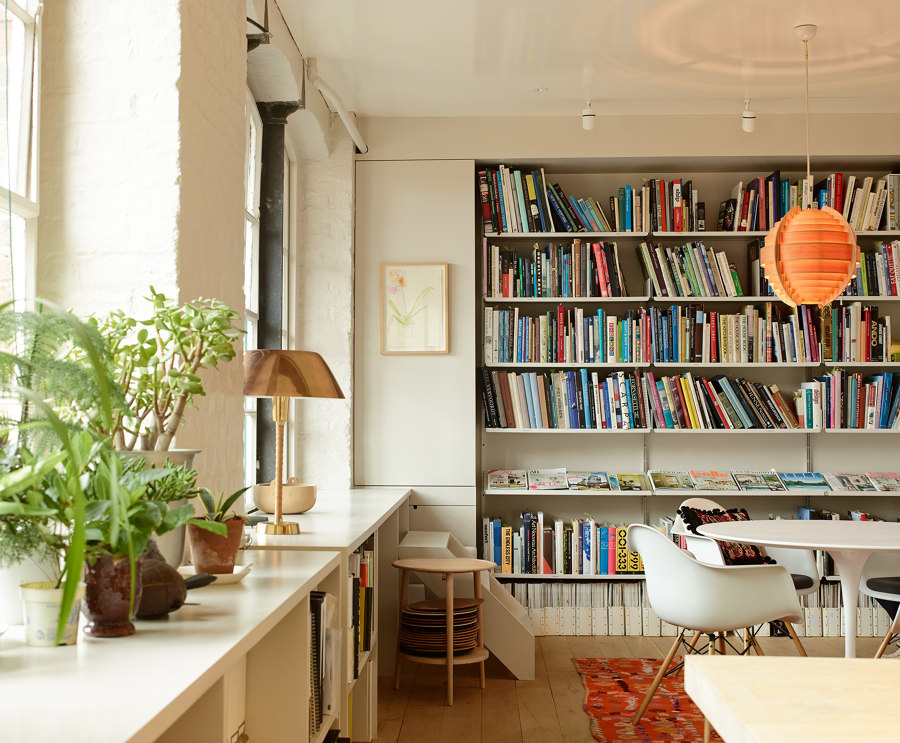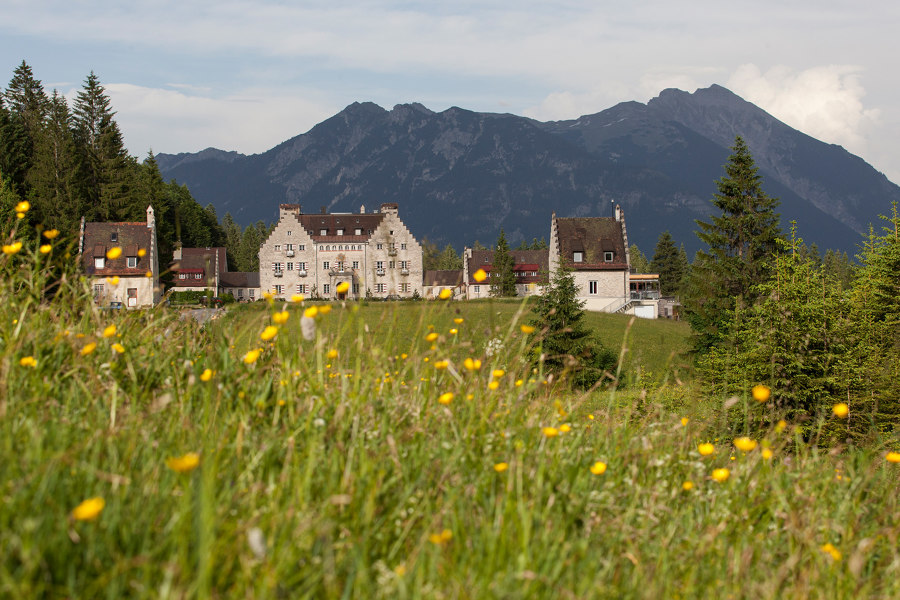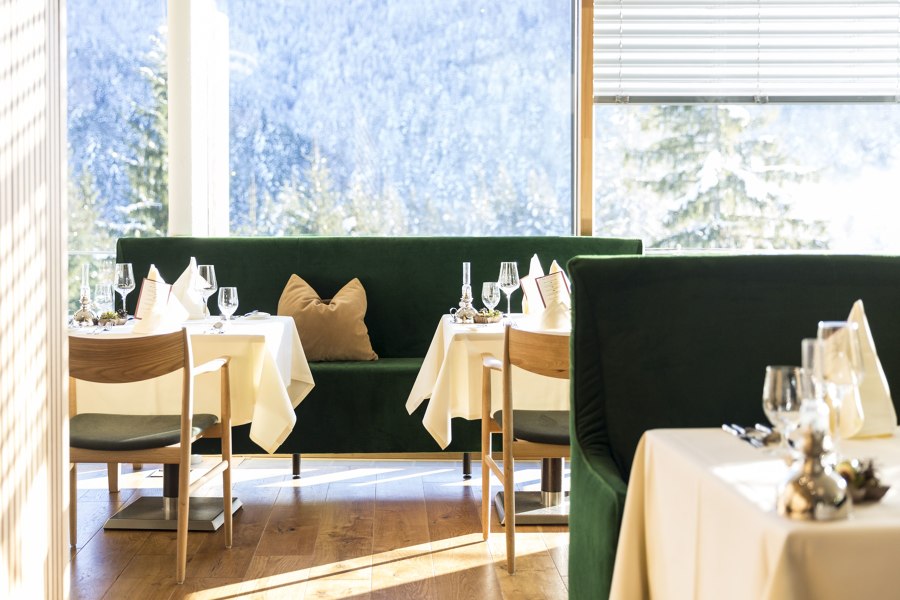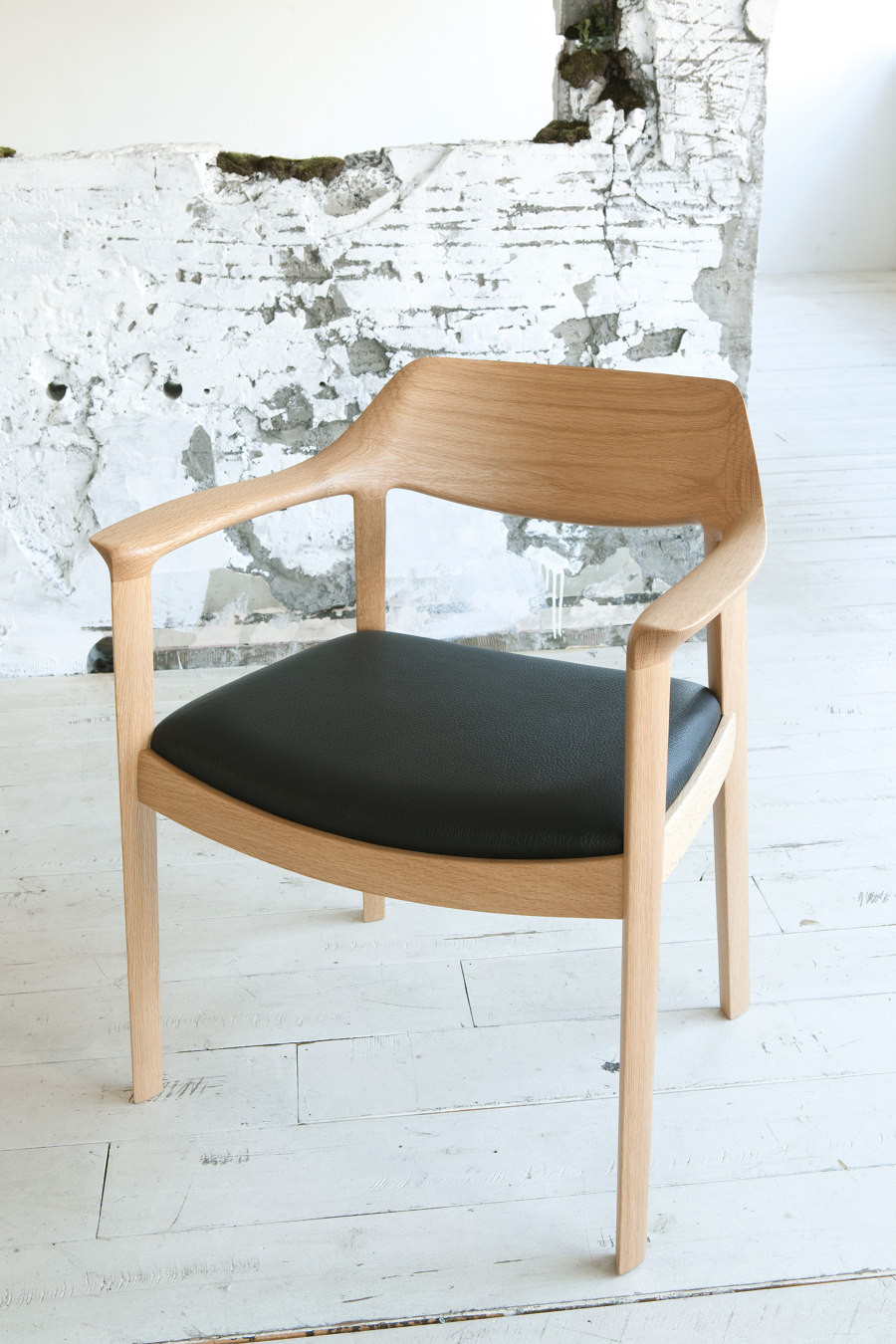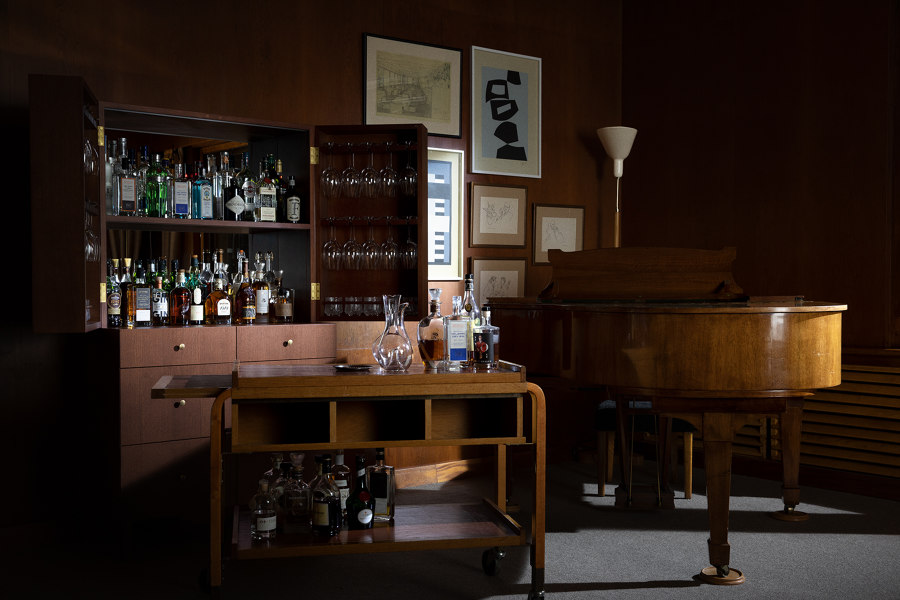When is a chair not a chair?: Ilse Crawford x Conde House
Brand story by Simon Keane-Cowell
Hokkaido, Japan
30.04.20
Or not just a chair? The punchline: when it's deployed by pioneering, London-based designer Ilse Crawford, whose enviable portfolio of projects is driving a reevaluation of the very role of interior design.
Ilse Crawford: 'I believe that if you want sustainable, long-lasting, liveable buildings that people love, interior design is absolutely a need-to-have'
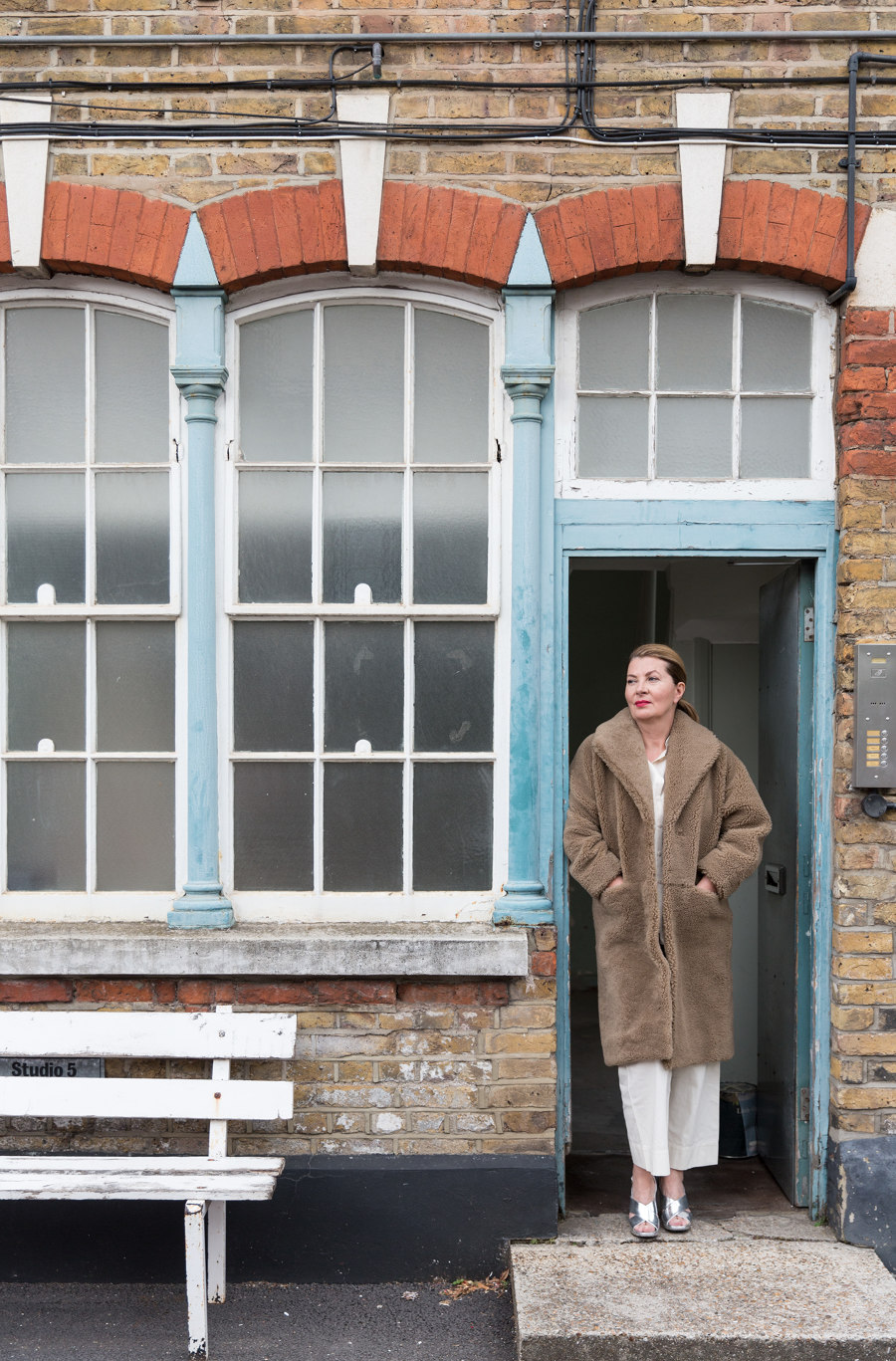
Ilse Crawford: 'I believe that if you want sustainable, long-lasting, liveable buildings that people love, interior design is absolutely a need-to-have'
×Don’t be fooled by Ilse Crawford.
She may be one of the most likeable people you could meet in the design industry, but she’s got beef. Not with anyone in particular, you understand, but rather with the way in which the interior landscapes we inhabit so often do us a major disservice. Motivated by, among other things, a frustration with what she describes as ‘soulless spaces, careless spaces, spaces without value or values’, no one perhaps has done more in recent years – via her London design practice Studioilse, and through her teaching – to demonstrate just how effective, and affective, interiors can and should be. Well-considered environments for the well-being of those who live, visit and work in them.
For Crawford, there’s more at stake when developing a concept than utilitarian function or optics. Having headed up the Man + Well-Being course at the Design Academy Eindhoven for over two decades, the designer is committed to an approach predicated on the idea that physical and psychological comfort are themselves a major return on project investment. The financial argument alone is a cogent one: a space that has a positive emotional impact on its users is a space that’s longer-lasting and more sustainable.
'Even outside of Covid lockdowns, we apparently spend at least 87% of our time inside buildings. They profoundly affect who we are'
With furniture playing an important role in the articulation of an interior – and, indeed, being the most immediate point of contact that we have with that space – it should come as no surprise that Crawford applies the same criteria to its performance and meaning as she does to a project in its entirety. Here, in an interview conducted via email due to the Covid-19 outbreak, she discusses the challenges she still faces in her praxis, and why, in particular, she specified wood-furniture specialists Conde House’s chairs for a number of her high-profile projects.
At Crawford's London-based Studioilse, the team develops concepts for interiors that serve the well-being of those who live, visit and work in them, while also delivering brand narratives
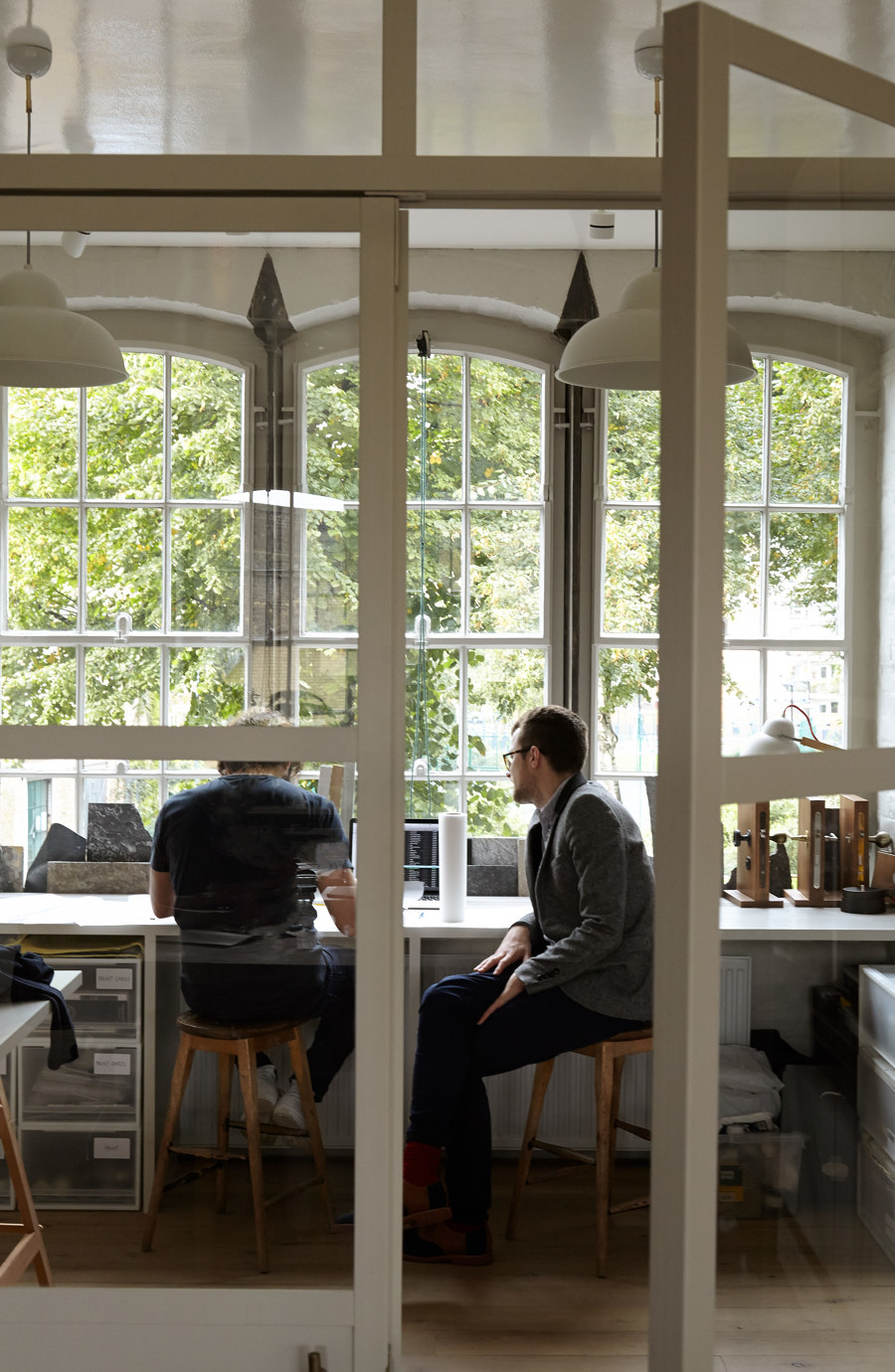
At Crawford's London-based Studioilse, the team develops concepts for interiors that serve the well-being of those who live, visit and work in them, while also delivering brand narratives
×We're currently in uncharted social territory, as we're forced to distance ourselves from one another, to withdraw into our homes. We look anew at the domestic spaces we inhabit and our relationship with them, their meaning. What are your thoughts on this?
It has highlighted the great divide. For those who have houses, especially spacious ones with gardens, it’s a completely different experience to that of people who are squeezed into tiny flats, or of battered wives, or kids without computers shut out from education. Not to mention those who live alone, the vulnerable and the elderly. And, of course, the homeless.
When it comes to remote working, not everyone wants to work from home, if home is a cramped, shared flat, or they don’t like their flatmates.
It draws attention to the fact that a decent place to live, along with a decent health service, are the bottom line for a civilised society.
You were one of the pioneers – if not the pioneer – of an approach to designing interior environments where the well-being of the user is an integral part of the brief. This might seem obvious now. But was it a tough sell, as it were, in the early days?
The so-called soft values have always been a hard sell. Unless these values are firmly embedded in a building project from the outset, they usually get lost. Construction is a cold measurable system run by the Excel sheet. Typically, projects get value-engineered at the end, which means that the interior is hit disproportionately. And this is why so many of the insides of our commercial/public buildings often look and feel so dreadful – soulless spaces, careless spaces, spaces without value or values. No wonder we feel so alienated.
On one recent project, as our interiors budget was being driven down to less than 1 per cent of the overall construction budget due to unforeseen problems along the way, the project manager leant over and said, ‘Interior design. It’s nice to have, but not a need-to-have, is it?’
At the Das Kranzbach hotel near the Southern German town of Garmisch-Partenkirchen, Studioilse specified Japanese manufacturer Conde House's Kamuy chairs for the Panorama Restaurant for their timeless, humanistic design
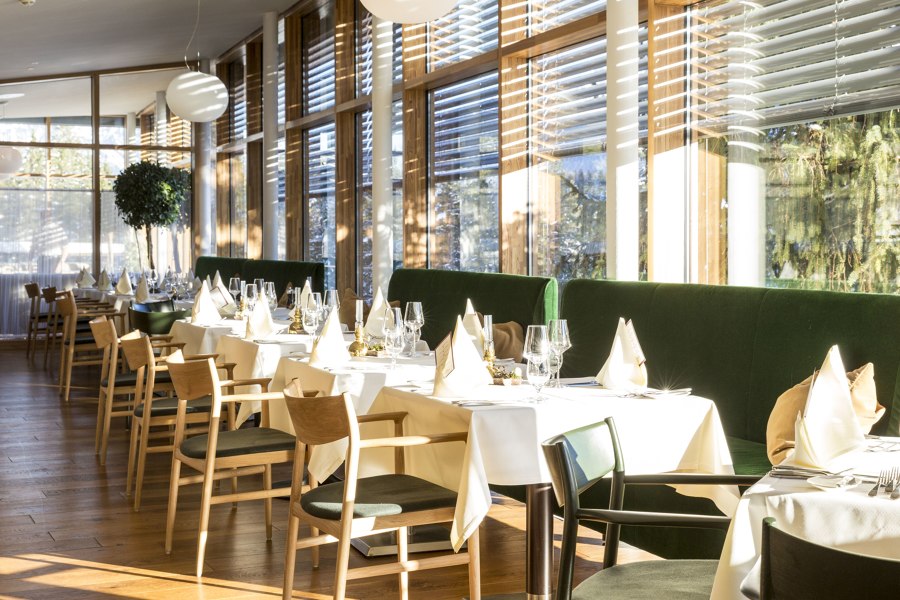
At the Das Kranzbach hotel near the Southern German town of Garmisch-Partenkirchen, Studioilse specified Japanese manufacturer Conde House's Kamuy chairs for the Panorama Restaurant for their timeless, humanistic design
×Has the rest of the industry caught up?
It is on the agenda, for sure. And so it should be. Even outside of Covid lockdowns, we apparently spend at least 87% of our time inside buildings. They profoundly affect who we are. But it is still usually really tough to get a humane approach through the system.
If you have a private client or a champion within the commercial client’s team, you have more of a chance. But with the typical corporate client, it’s almost impossible. They don’t want to spend the time or the money. What's needed is systemic change in the way that buildings are procured. It is part of the same discussion as how GDP is too narrow a measure of national well-being. As Bobby Kennedy said, society ‘measures everything in short, except that which makes life worthwhile’.
Where is there still work to be done? What gets your goat?
That interior design is seen as an add-on, a luxury, or even shopping.
And, in my experience, this is across the board, whether on social projects, commercial projects or, sometimes, even private ones. It’s often a question of priorities more than budget.
'The way design is typically communicated today – so focused on the end result – means that the work of defining the initial values that are then made visible, somehow gets forgotten'
I believe that if you want sustainable, long-lasting, liveable buildings that people love, interior design is absolutely a need-to-have. And that interior design and architecture should work together from the beginning. The way design is typically communicated today – so focused on the end result – means that the work of defining the initial values that are then made visible, the design strategy, as well as defining how the building will be inhabited, somehow gets forgotten. Or is appropriated by, or simply assumed to have been done by, the architects.
This is tricky for us as a profession because if we are not visible, no one knows how important that stage is in the process. It’s as if a surgeon flew solo, without the doctors making the right diagnosis beforehand!
Conde House's ultra-comfortable, 'quietly designed' Wing armchairs were selected by Studioilse for the meeting rooms of Fidelity's Investor Centers, currently in roll-out across the US
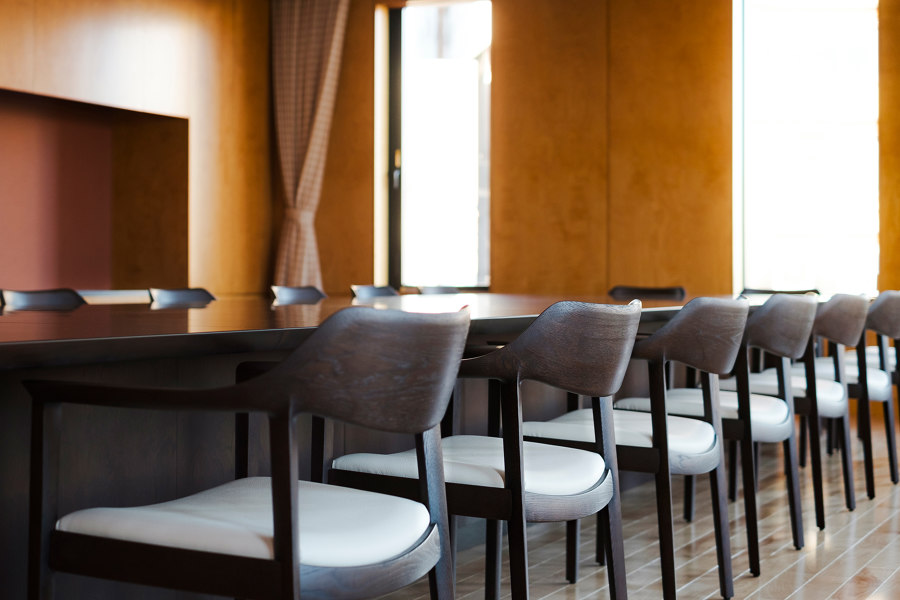
Conde House's ultra-comfortable, 'quietly designed' Wing armchairs were selected by Studioilse for the meeting rooms of Fidelity's Investor Centers, currently in roll-out across the US
×So, how did Conde House's chairs make the cut?
Well, they certainly meet the studio’s criteria. For the Fidelity Investor Center project in the US, it was extremely tough to find the right chair. It’s a large financial-services provider, so the chair needed to be durable and solid, while light enough for an older person to move and have arms so they could leverage themselves up. This chair also needed to be comfortable enough to sit in for an hour, with a generous seat pad, and big enough for a large person (Conde House have both Japanese and American sizing). But also cool enough for a younger person, sensibly priced and quietly designed, so it didn’t shout but you knew you could see the quality. And what’s more from a company that was reliable enough to meet such an important and big order.
There are very few chairs out there that make the cut.
At what point do you consider furniture in the process of developing an interiors project?
Our first stage is to understand the context, the use, the client at a micro and a macro level.
Then, based on that narrative, we move into floor plans. And furniture is one way to test those floor plans in terms of usability, etc.
And what are the evaluation criteria?
Our studio criteria for selecting furniture prioritise physical and psychological comfort, products that last and are made by good companies. But, in terms of narrowing that down for specific projects, it depends on the context, the narrative and, of course, how we balance the budget.
Recently restored by the Studioilse team, Aino and Alvar Aalto's iconic Savoy Restaurant in Helsinki is a prime example of how a 'warm, modern and human' design can make for a truly long-lasting interior
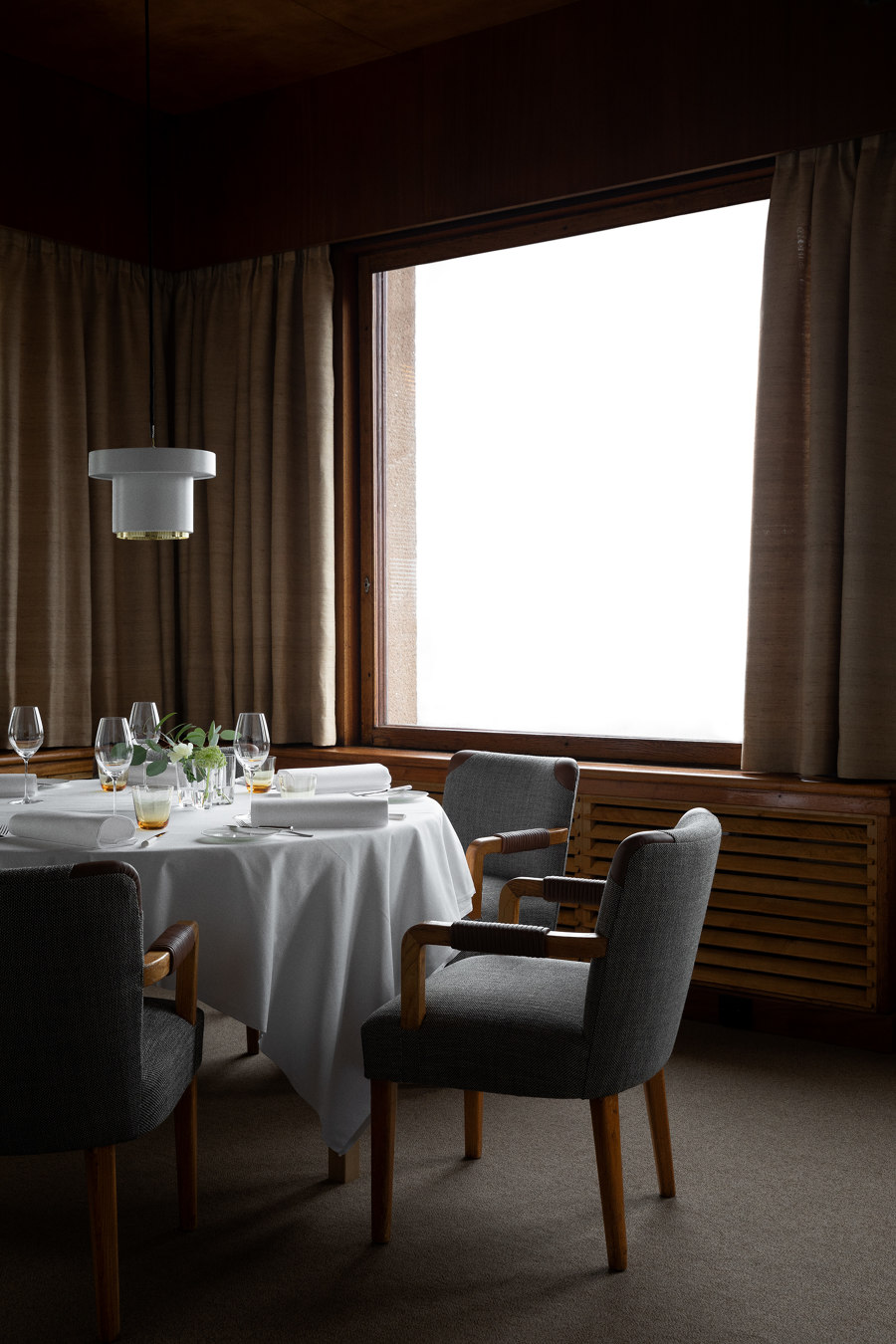
Recently restored by the Studioilse team, Aino and Alvar Aalto's iconic Savoy Restaurant in Helsinki is a prime example of how a 'warm, modern and human' design can make for a truly long-lasting interior
×What values did they ultimately bring to your work?
While not cheap, Conde House’s Wing Chair costs less than some of its competitors and, at the same time, is far more solid- and permanent-feeling than some of the cheaper alternatives. For Das Kranzbach, a large well-being hotel in South Germany, there were a few more options, but still the Kamuy Chair was perfect. Light, natural, generous in scale, and timeless and humanistic in design. With arms, comfortable, and, again, durable and from a reliable, easy-to-deal-with company. The latter is, surprisingly, not always true, even on large orders.
Interior design is where values are made visible. It creates brand narrative. On the ground this manifests as an interior that connects and resonates with its surroundings and makes a deep emotional impact on its users. Conde House’s chairs formed a perfect part of that vocabulary in both projects.
Photo credits: Helen Cathcart (1), Leslie Williams (2, 3, 4), © Hotel Kranzbach GmbH/Anneliese Kompatscher (5, 6, 7), Conde House (8, 9), Anton Sucksdorf (10, 11)
© Architonic


